Introduction to Internet of Things (IoT) Programming
The Internet of Things (IoT) is revolutionizing the way we interact with devices, allowing everyday objects to connect to the internet and share data. From smart homes and wearables to industrial automation, IoT is reshaping the world. In this post, we'll dive into the basics of IoT programming and how you can start creating your own smart applications. What is IoT? IoT refers to a network of physical devices embedded with sensors, software, and other technologies to connect and exchange data with other devices and systems over the internet. Key Components of IoT Systems Devices/Sensors: Physical components that collect data (e.g., temperature sensors, motion detectors). Connectivity: Wi-Fi, Bluetooth, Zigbee, LoRa, or cellular networks to transmit data. Data Processing: Microcontrollers or cloud services process the incoming data. User Interface: Web/mobile applications to monitor and control devices. Popular IoT Hardware Platforms Arduino: An open-source electronics platform based on simple microcontrollers. Raspberry Pi: A small, affordable computer ideal for more powerful IoT applications. ESP8266/ESP32: Low-cost Wi-Fi-enabled microchips widely used in IoT projects. Languages Used in IoT Programming C/C++: Commonly used for low-level programming on microcontrollers like Arduino. Python: Popular for Raspberry Pi and edge computing due to its simplicity. JavaScript (Node.js): Useful for IoT dashboards and server-side applications. MicroPython: A lightweight version of Python optimized for microcontrollers. Example: Blinking an LED with Arduino void setup() { pinMode(13, OUTPUT); // Set digital pin 13 as output } void loop() { digitalWrite(13, HIGH); // Turn the LED on delay(1000); // Wait for 1 second digitalWrite(13, LOW); // Turn the LED off delay(1000); // Wait for 1 second } IoT Data Handling and Cloud Integration Once your devices are collecting data, you'll need to store and analyze it. Here are some common platforms: ThingSpeak: A simple platform for IoT data logging and visualization. Firebase: Real-time database ideal for mobile IoT applications. AWS IoT Core: Scalable cloud service for managing IoT devices. MQTT Protocol: Lightweight messaging protocol used for IoT device communication. Popular IoT Projects to Try Smart door lock controlled by a mobile app Home temperature monitor with alerts Motion detection security camera Plant watering system based on soil moisture levels Fitness tracker using accelerometers Best Practices for IoT Programming Use lightweight protocols and efficient code to conserve resources. Secure your devices with strong authentication and encryption. Plan for over-the-air (OTA) updates to patch software bugs. Reduce power consumption for battery-powered devices. Test in real-world conditions to ensure reliability. Conclusion IoT programming opens the door to endless possibilities for innovation and automation. Whether you're just blinking LEDs or building a smart home system, learning IoT programming will give you the skills to bring physical objects to life through code. Start simple, keep exploring, and gradually build smarter and more connected projects.
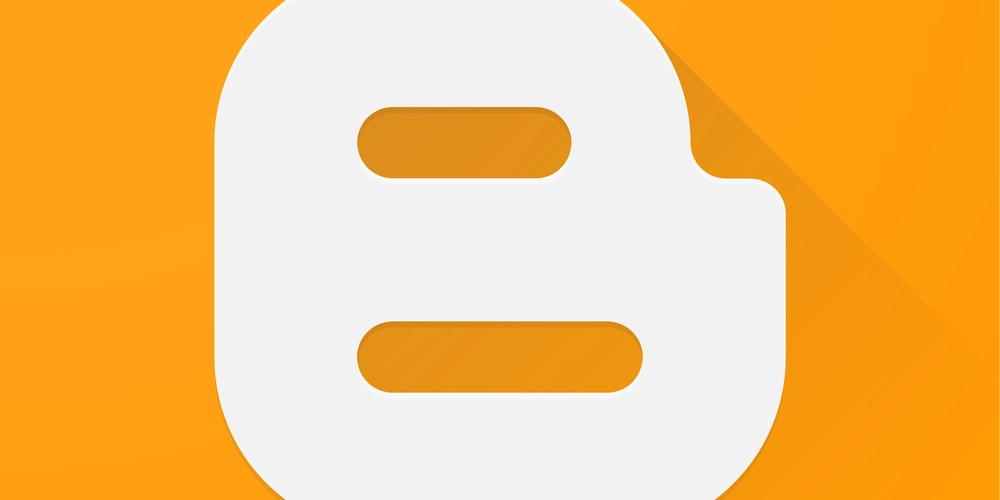
The Internet of Things (IoT) is revolutionizing the way we interact with devices, allowing everyday objects to connect to the internet and share data. From smart homes and wearables to industrial automation, IoT is reshaping the world. In this post, we'll dive into the basics of IoT programming and how you can start creating your own smart applications.
What is IoT?
IoT refers to a network of physical devices embedded with sensors, software, and other technologies to connect and exchange data with other devices and systems over the internet.
Key Components of IoT Systems
- Devices/Sensors: Physical components that collect data (e.g., temperature sensors, motion detectors).
- Connectivity: Wi-Fi, Bluetooth, Zigbee, LoRa, or cellular networks to transmit data.
- Data Processing: Microcontrollers or cloud services process the incoming data.
- User Interface: Web/mobile applications to monitor and control devices.
Popular IoT Hardware Platforms
- Arduino: An open-source electronics platform based on simple microcontrollers.
- Raspberry Pi: A small, affordable computer ideal for more powerful IoT applications.
- ESP8266/ESP32: Low-cost Wi-Fi-enabled microchips widely used in IoT projects.
Languages Used in IoT Programming
- C/C++: Commonly used for low-level programming on microcontrollers like Arduino.
- Python: Popular for Raspberry Pi and edge computing due to its simplicity.
- JavaScript (Node.js): Useful for IoT dashboards and server-side applications.
- MicroPython: A lightweight version of Python optimized for microcontrollers.
Example: Blinking an LED with Arduino
void setup() {
pinMode(13, OUTPUT); // Set digital pin 13 as output
}
void loop() {
digitalWrite(13, HIGH); // Turn the LED on
delay(1000); // Wait for 1 second
digitalWrite(13, LOW); // Turn the LED off
delay(1000); // Wait for 1 second
}
IoT Data Handling and Cloud Integration
Once your devices are collecting data, you'll need to store and analyze it. Here are some common platforms:
- ThingSpeak: A simple platform for IoT data logging and visualization.
- Firebase: Real-time database ideal for mobile IoT applications.
- AWS IoT Core: Scalable cloud service for managing IoT devices.
- MQTT Protocol: Lightweight messaging protocol used for IoT device communication.
Popular IoT Projects to Try
- Smart door lock controlled by a mobile app
- Home temperature monitor with alerts
- Motion detection security camera
- Plant watering system based on soil moisture levels
- Fitness tracker using accelerometers
Best Practices for IoT Programming
- Use lightweight protocols and efficient code to conserve resources.
- Secure your devices with strong authentication and encryption.
- Plan for over-the-air (OTA) updates to patch software bugs.
- Reduce power consumption for battery-powered devices.
- Test in real-world conditions to ensure reliability.
Conclusion
IoT programming opens the door to endless possibilities for innovation and automation. Whether you're just blinking LEDs or building a smart home system, learning IoT programming will give you the skills to bring physical objects to life through code. Start simple, keep exploring, and gradually build smarter and more connected projects.











































































































































































![[The AI Show Episode 144]: ChatGPT’s New Memory, Shopify CEO’s Leaked “AI First” Memo, Google Cloud Next Releases, o3 and o4-mini Coming Soon & Llama 4’s Rocky Launch](https://www.marketingaiinstitute.com/hubfs/ep%20144%20cover.png)













































































































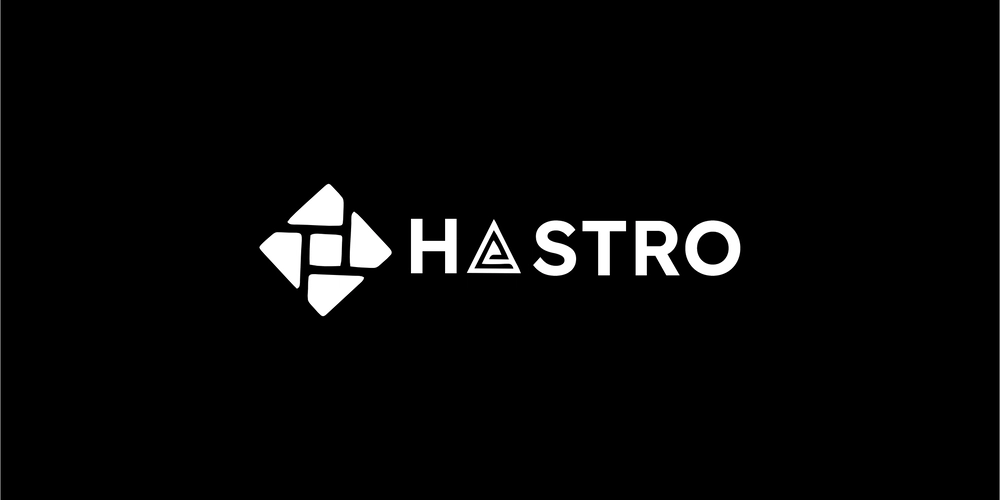
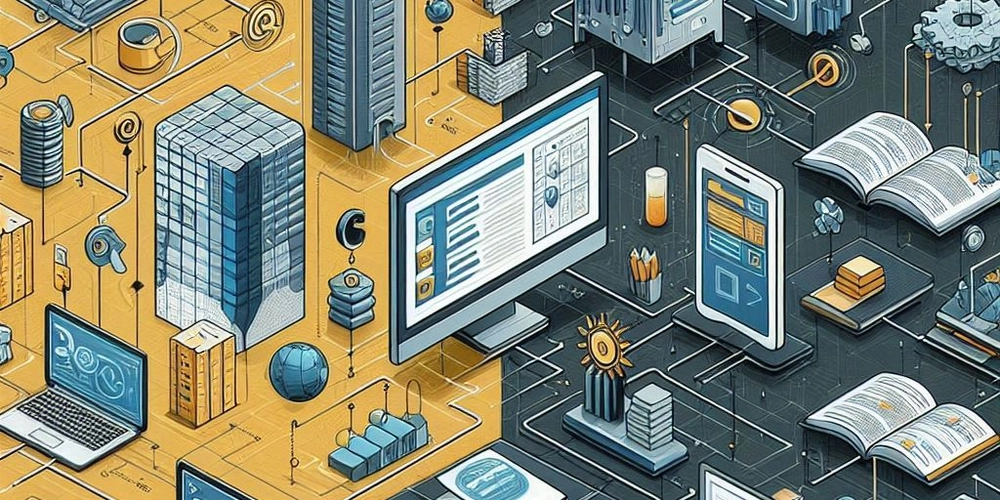

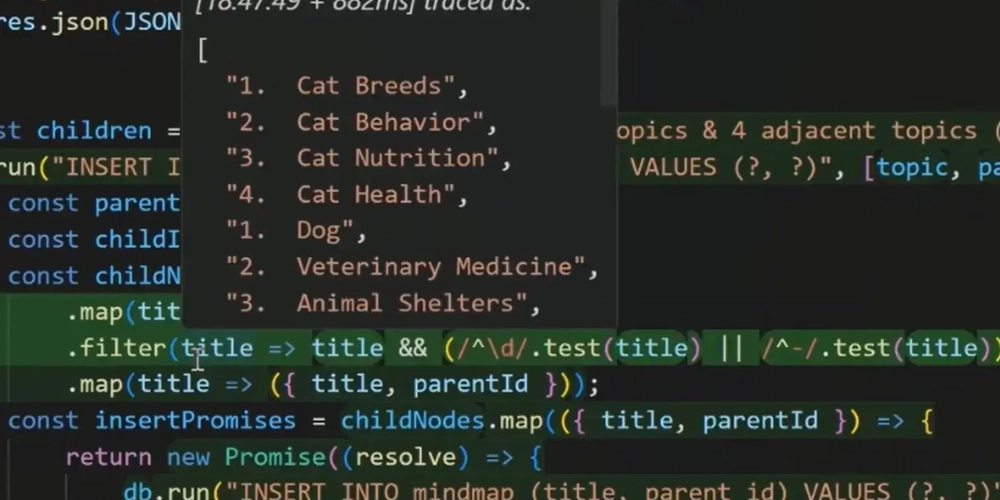




















































































![Blue Archive tier list [April 2025]](https://media.pocketgamer.com/artwork/na-33404-1636469504/blue-archive-screenshot-2.jpg?#)
































.png?#)









-Baldur’s-Gate-3-The-Final-Patch---An-Animated-Short-00-03-43.png?width=1920&height=1920&fit=bounds&quality=70&format=jpg&auto=webp#)
















































































































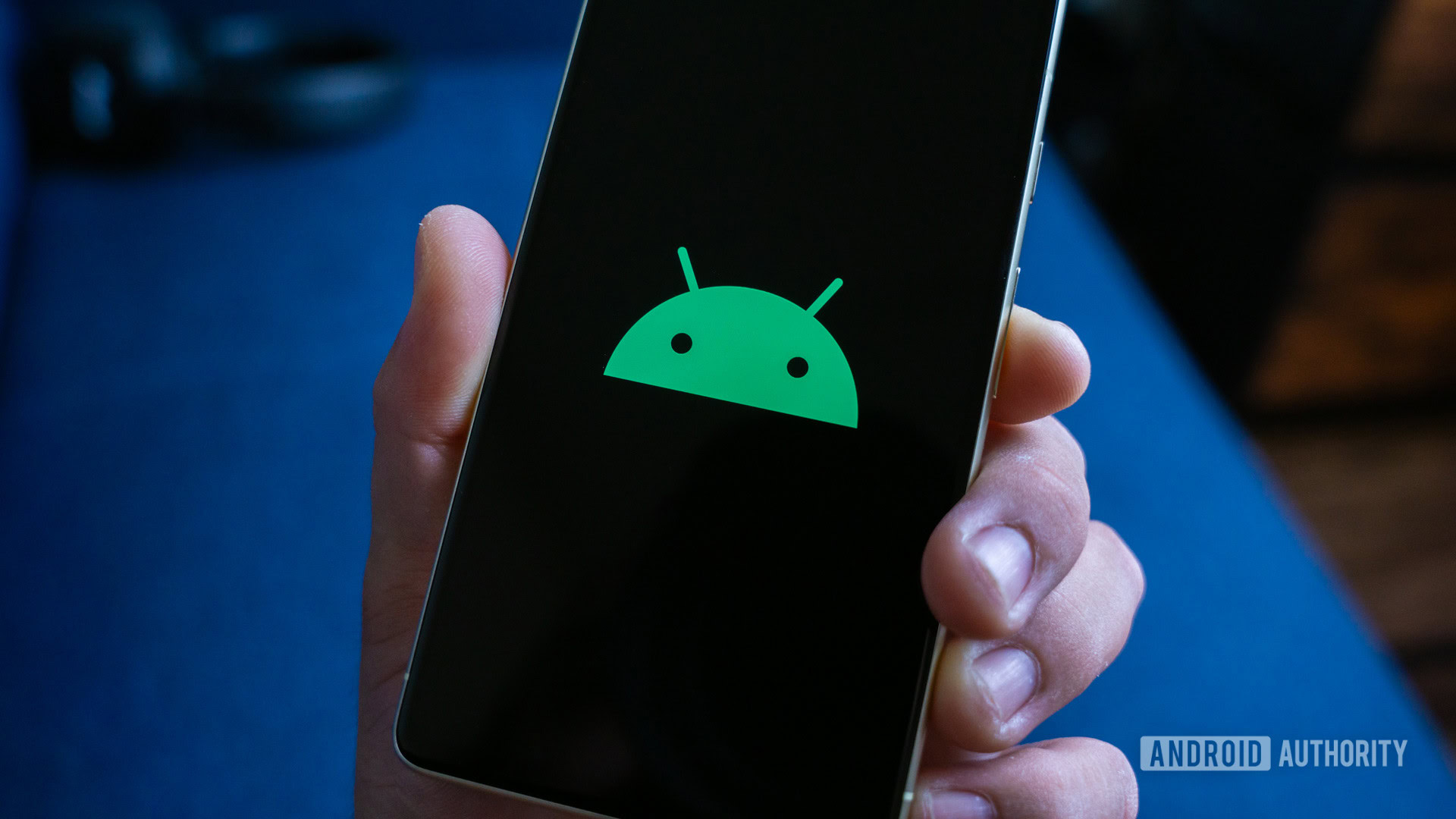



















![Nanoleaf Announces New Pegboard Desk Dock With Dual-Sided Lighting [Video]](https://www.iclarified.com/images/news/97030/97030/97030-640.jpg)

![Apple's Foldable iPhone May Cost Between $2100 and $2300 [Rumor]](https://www.iclarified.com/images/news/97028/97028/97028-640.jpg)
![Apple Releases Public Betas of iOS 18.5, iPadOS 18.5, macOS Sequoia 15.5 [Download]](https://www.iclarified.com/images/news/97024/97024/97024-640.jpg)













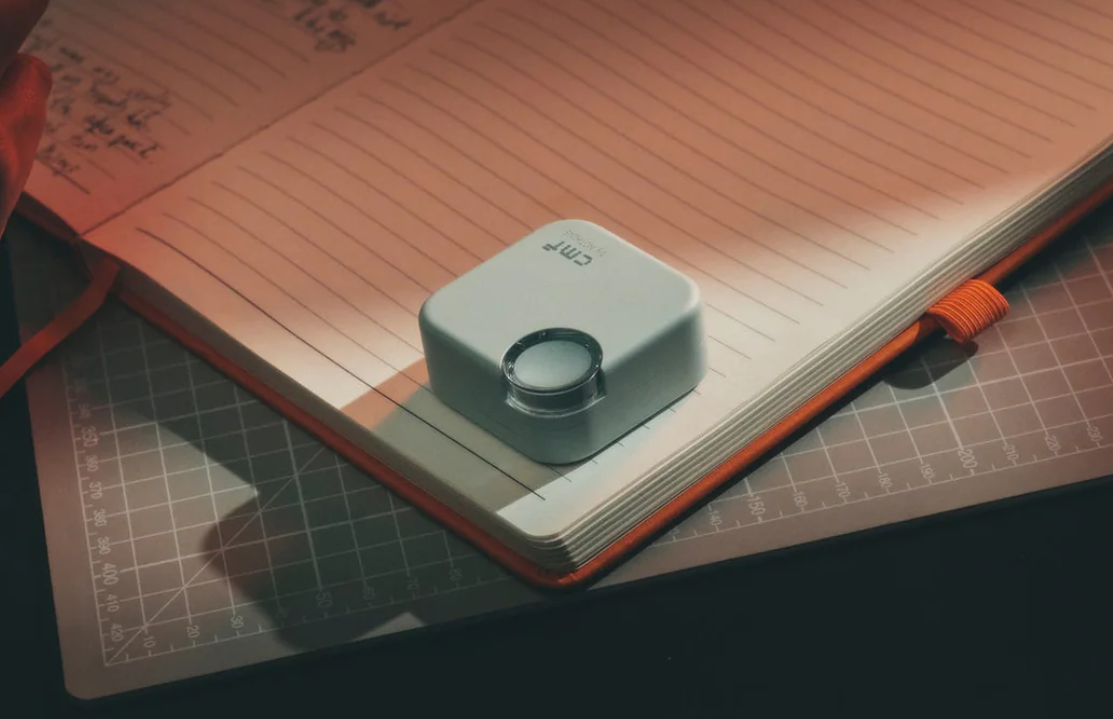
























































































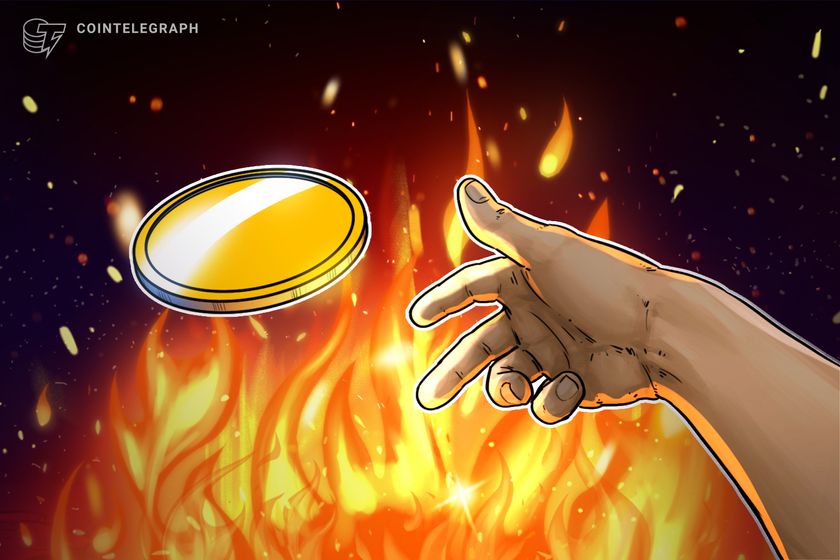




















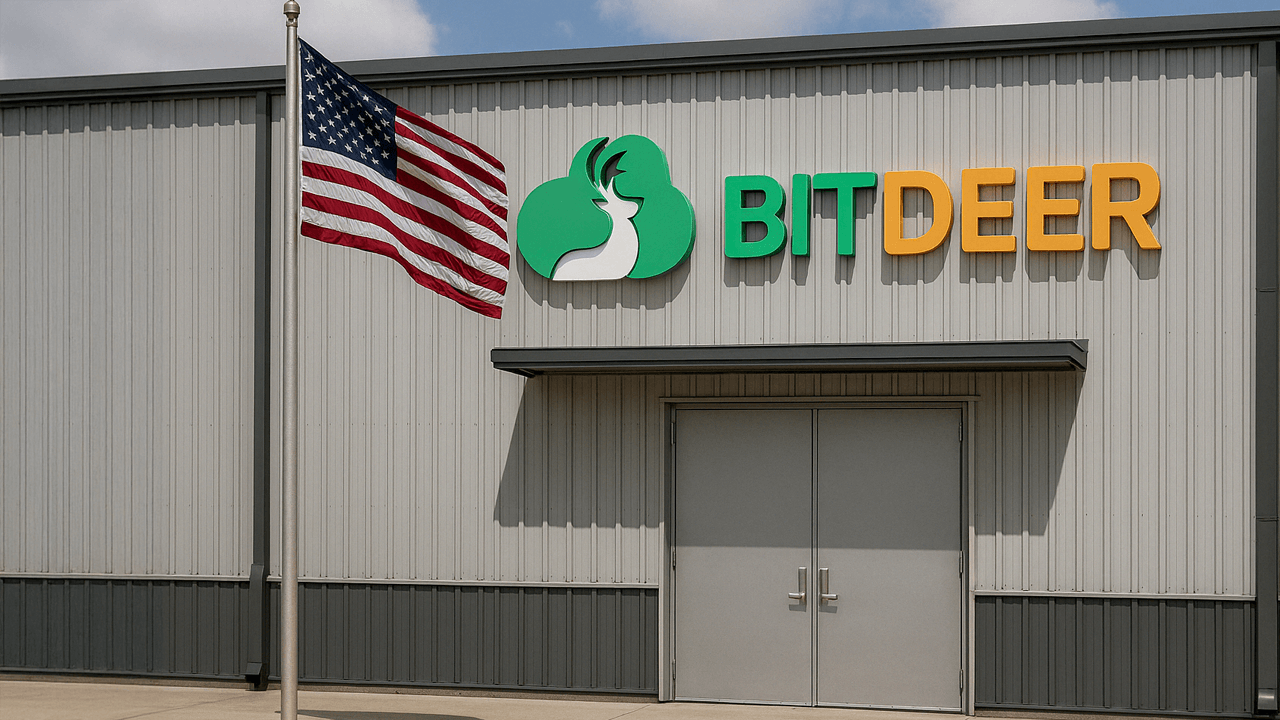
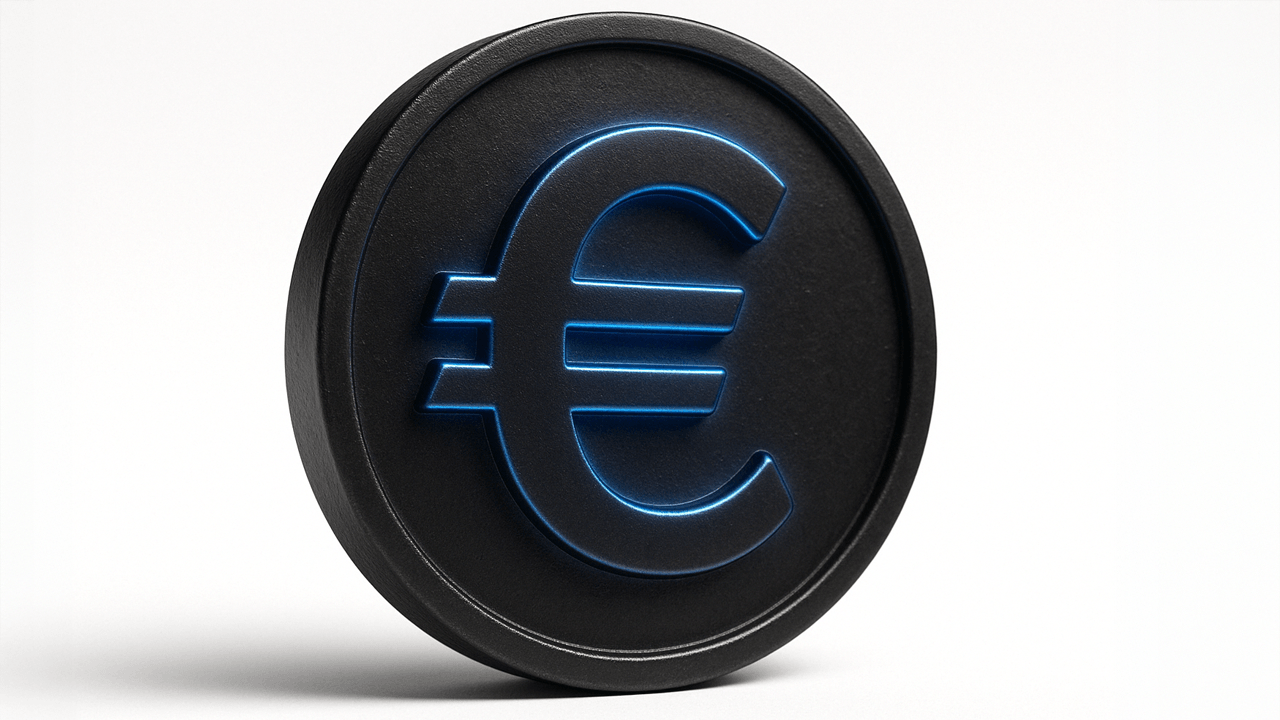

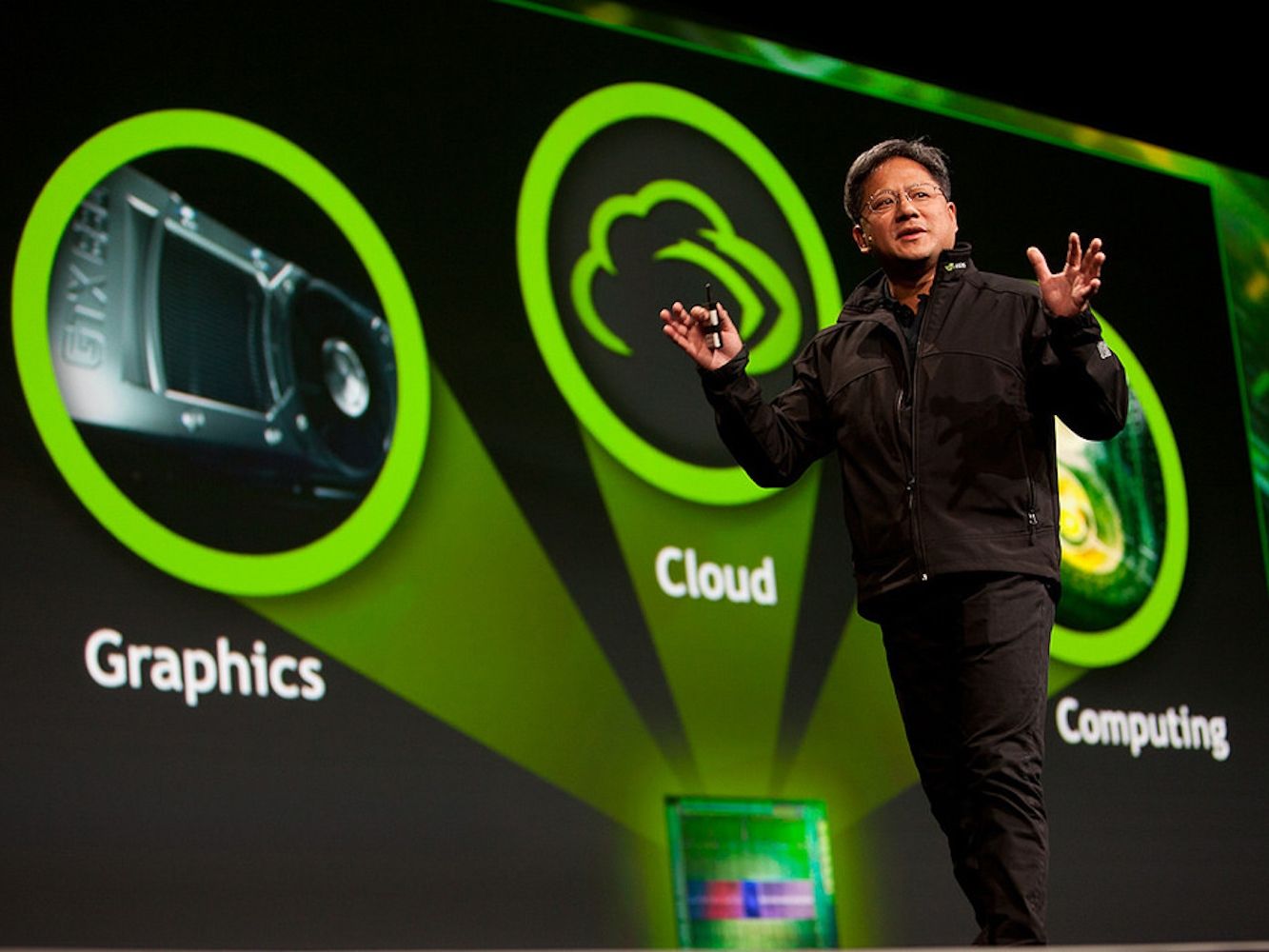


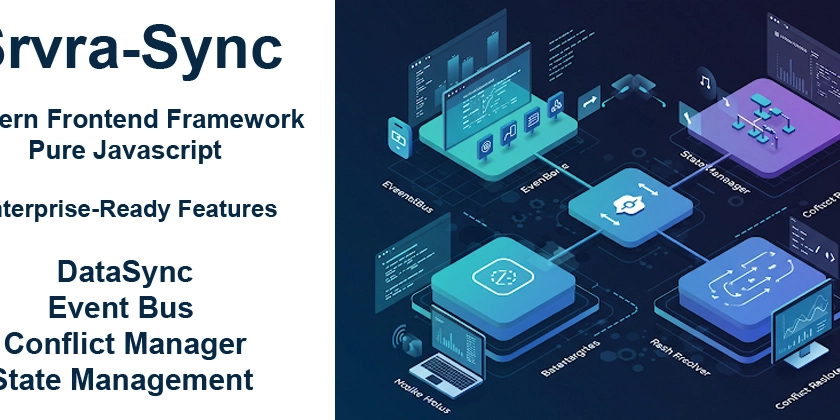

![[Life Advise]: be urself!!](https://media2.dev.to/dynamic/image/width%3D1000,height%3D500,fit%3Dcover,gravity%3Dauto,format%3Dauto/https:%2F%2Fdev-to-uploads.s3.amazonaws.com%2Fuploads%2Farticles%2F5a8umxziap22rla6kcen.png)
